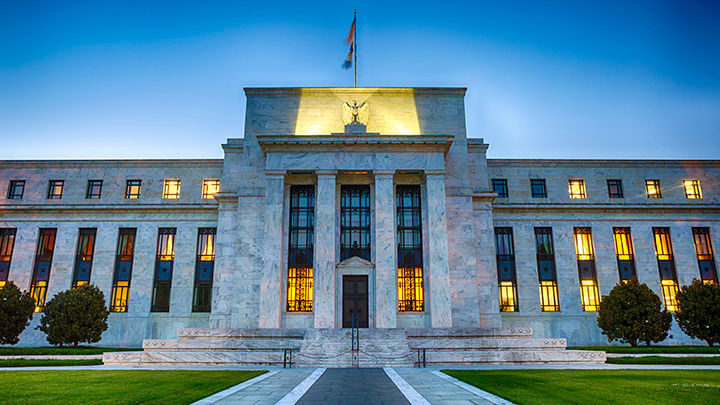At a time of intensifying competition among global powers, governments are redeploying industrial policy. Nations are placing large bets that new spending plans will pay significant dividends by igniting economic growth and delivering strategic advantages in critical sectors. In the US and Europe, new incentives for semiconductor manufacturing have already yielded new business investments. Last month, the US said a New Hampshire factory that makes computer chips for military aircraft would be the first plant to receive funding through the CHIPS and Science Act. Industrial policy's benefits to long-term growth are less certain. Government incentives also risk crowding out competition, stifling productivity, and paving the way for higher debt and interest rates.
While the full effect of industrial policy's comeback is still to play out, investors must consider the implications for their portfolios. A new edition of PGIM's OUTFront series explores the state of industrial policy around the world, lessons from the past, and the potential impact across the global economy and financial markets.
you may also like
-
Fears Shift from Inflation to Lackluster GrowthInvestors are gauging the prospects for monetary policy, the global economy, and US policies following next month's elections.
Read More
-
Fed Officials on Alert for Potential Inflation RisksFederal Reserve officials said this week they continue to weigh potential risks to inflation and the broader US economy.
Read More
-
Fed Stands Pat as Fight Against Inflation Drags OnThe Federal Reserve left interest rates unchanged and signaled that a recent lack of progress on the inflation front calls for borrowing costs to remain high.
Read More




